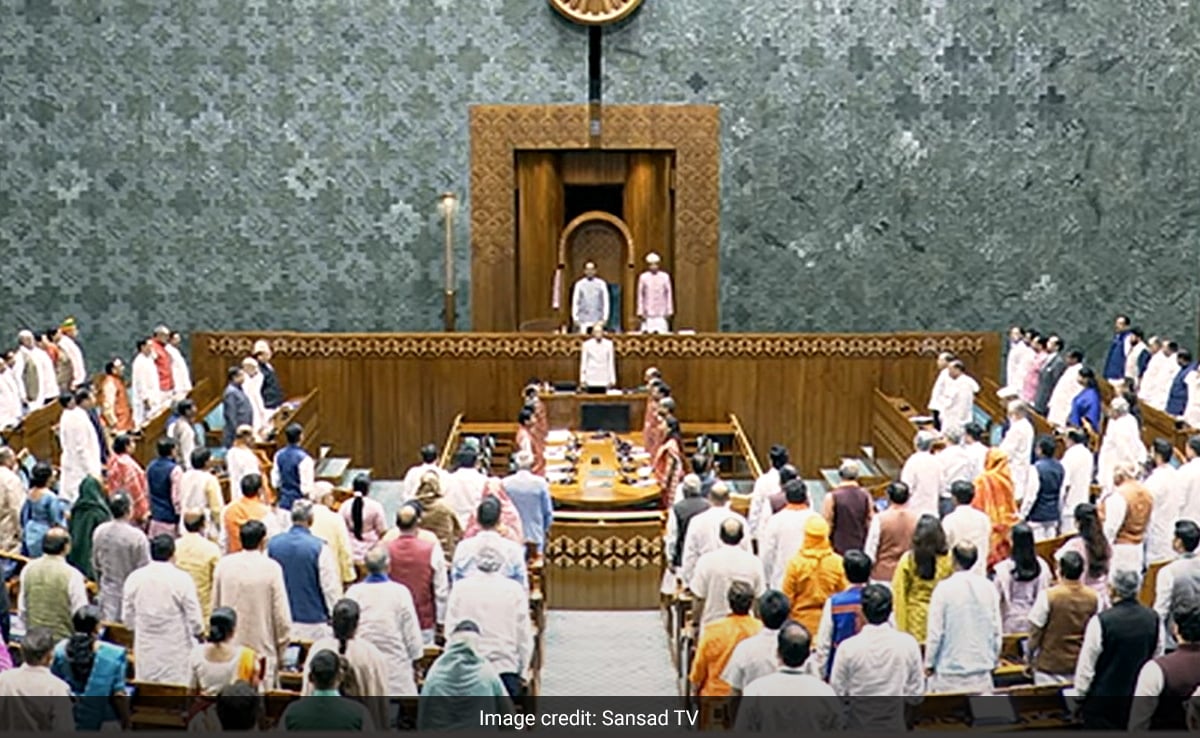After a gap of 27 years, there seems to be hope again for the Women’s Reservation Bill. In the last months of its second term, the Narendra Modi government, in office for nine years, has reignited hope for the long-pending bill guaranteeing 33 per cent quota for women in Lok Sabha and state assemblies. The Union Cabinet approved the proposed bill on September 18.
The bill provides for a third of the reserved seats to be set aside for Scheduled Castes and Scheduled Tribes. There will be no quota for Rajya Sabha and state Legislative Councils. These reserved seats may be allotted by rotation to different constituencies in the state or Union Territory.
The present Lok Sabha and Rajya Sabha have 78 women and 31 women members, which is merely 14 per cent of their total strength. Similarly, the representation of women in state assemblies is less than 15 per cent. Despite various attempts at introducing the bill in the past to bring gender parity in parliament and state assemblies, the bill did not progress due to staunch opposition from parties like the RJD and Janata Dal (United) in Bihar and the Samajwadi Party in Uttar Pradesh.
“The government of the day commands a majority and hopefully, the bill will be passed by both houses. It will provide an opportunity for the women to contest on the earmarked seats. When it becomes a law, it will be a great leap forward in the direction of women empowerment. 33 per cent constituencies reserved for women will be rotated after every Lok Sabha and State Assembly elections,” said Suman Kumar, Professor, Department of Political Science, Rajdhani College, University of Delhi.
“The demand from some political parties has always been to introduce ‘reservation within reservation’ because the OBCs, SCs and STs are their major votebank. Keeping in view the Indian cultural set up, it is quite necessary to retain some quota system within this reservation system. The same system is working well in the Panchayati Raj System,” Dr Kumar added.
Curiously, the two largest parties, the BJP and the Congress, have always supported the quota bill. Their allies, like the JD (U), RJD and other parties, were the ones to put up roadblocks. The patriarchs of these parties, Lalu Yadav (RJD) and Mulayam Singh Yadav (Samajwadi Party), belittled the bill saying it would only benefit “lipstick-wearing, short-haired” women from the upper castes and demanded a “quota-within-quota” for OBC (Other Backward Class) women. The proposed bill is silent on including OBC women. The younger generation, represented by Akhilesh Yadav (SP) and Tejashwi Yadav (RJD), backed the BRS’ protest in Delhi in March in support of the bill. Their aim was ostensibly to project themselves as contemporary politicians with reformed views and to strike a common cause with the opposition bloc.
“These leaders are clever. They are not against the bill. Instead, they are pushing for reservation of downtrodden women in the overall 33 per cent seats to be reserved for women,” says Pradip Bhattacharya, former Rajya Sabha MP from West Bengal. Their demand for caste and community-based quota within the reservation block for women persists. “The intent of this bill may be good but the practical political outcome may be far different in the absence of a quota within the quota system,” adds Dr Kumar.
The bill was introduced on September 12, 1996, by the Deve Gowda-led United Front government. It was introduced as the 81st Constitution Amendment Bill in Lok Sabha for reservation of seats for women in parliament. It failed to clear the Lok Sabha test. The bill lapsed with the dissolution of the Lok Sabha.
The bill was reintroduced by the Atal Bihari Vajpayee-led NDA government in 1998. In an incident that brought disgrace to Lok Sabha, the bill was infamously snatched and torn by a RJD MP. The Vajpayee government failed in its attempts to table the bill in 1999, 2002 and 2003. Then came the Manmohan Singh-led (UPA-1) government’s turn to table the bill in Rajya Sabha in May 2008. It was sent to the standing committee. Since the bill was introduced in Rajya Sabha, there was no fear of it lapsing. The bill was passed in Rajya Sabha in March 2010. The bill again lapsed in Lok Sabha as it was opposed by the Samajwadi Party, RJD (then a UPA ally) and JD(U), an NDA ally.
The male politicians, for fear of their seats being earmarked as reserved for women, prevented women’s quota from becoming a reality. However, not much noise was made in 1992-93 against the constitutional amendment bills 72 and 73, reintroduced by the PV Narasimha Rao government. The bills aimed to reserve a third (33 per cent) of all seats and the chairperson posts for women in rural and urban local bodies. This bill was initiated by the Rajiv Gandhi government in 1989 to give women one-third reservation in rural and urban local bodies. Thanks to the reservation, there are nearly 15 lakh elected women representatives in panchayats and local bodies across the country.
“Women’s reservation in urban local bodies and panchayats have been impactful. A few uneducated women may be finding the administrative functioning difficult but the educated ones are doing better than their male counterparts. In fact, these women, whether as MPs, MLAs or members of local bodies, are balancing their roles at home and in office remarkably well,” says Mr Bhattacharya.
The BJP has tried to secure the votes of women by tabling the bill ahead of the 2024 national election. The implementation of the bill is contingent upon the completion of the delimitation exercise of constituencies, which will begin not before 2027. There is slim chance of the bill becoming an Act before 2029.
(Bharti Mishra Nath is a senior journalist)
Disclaimer: These are the personal opinions of the author.

